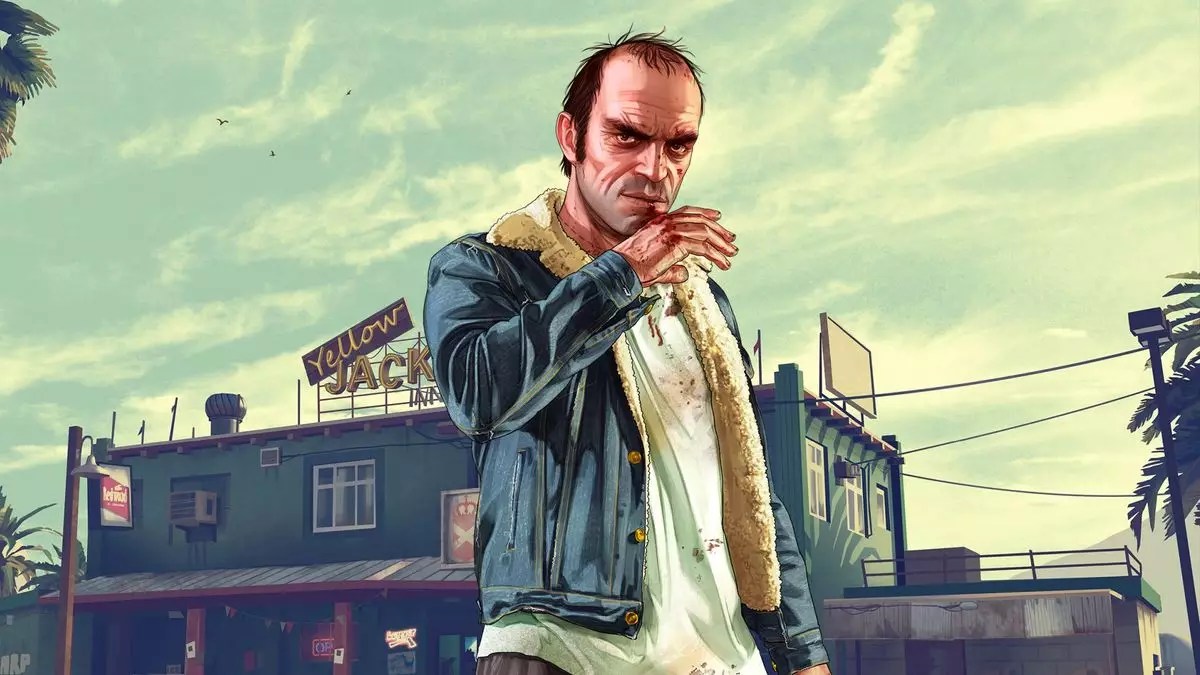Creating a successful sequel is a daunting task in the world of video game development. Game designers face the unique challenge of meeting the high expectations set by their predecessors while also attempting to innovate and engage both new players and veteran fans. In the gaming industry, few franchises exemplify this balancing act as effectively as Grand Theft Auto (GTA). Following the monumental success of GTA 5, there is much anticipation surrounding the upcoming GTA 6, and understanding Rockstar’s approach provides crucial insight into how they intend to elevate their games.
A Foundation Built on Success
In exploring the development of GTA 5, former Rockstar Games developer Ben Hinchliffe sheds light on the philosophy that guided the team: a focus on incrementally improving what was already successful. This perspective is vital, as it exemplifies the notion that progress doesn’t always necessitate radical change. Instead, Rockstar’s goal was straightforward: to enhance the existing framework rooted in GTA 4. This commitment to “go bigger and better” highlights the studio’s ambition to make players feel fully immersed in a cinematic world, blending storytelling with gameplay like never before.
Attention to Detail
What separates a good game from a great one often lies in the minutiae. Hinchliffe emphasizes that GTA 5 was the result of a concerted effort among various departments dedicated to refining even the smallest elements of the game. From vehicle handling dynamics to pedestrian behavior, every facet received attention. For designers, this meticulous focus allowed for a richer, more authentic gameplay experience that resonates with players. In the era of gaming, where immersive experiences demand more than just flashy graphics, Rockstar’s strategy illustrates a profound understanding of player engagement through realism and detail.
A significant innovation in GTA 5 was the introduction of three playable characters, a design choice that transformed how players interact with the narrative. This decision not only offered fresh dynamics within the gameplay but also enriched the storytelling potential by allowing for multiple narrative arcs and perspectives. It demonstrates Rockstar’s commitment to experimenting with narrative structures in a medium that thrives on player agency.
As the gaming community eagerly anticipates GTA 6, the question remains: how can Rockstar possibly expand upon a game that is already monumental in scale? With a reportedly staggering budget exceeding $2 billion, expectations are rightfully high. Should the development team remain true to their core philosophy of continual improvement and innovation, they may very well push the boundaries of interactive storytelling and gameplay once again.
In a landscape that increasingly prioritizes immersion and storytelling, GTA remains a crucial player, continually evolving to meet the demands of a diverse audience. Rockstar’s dedication to expansion, both in terms of gameplay mechanics and narrative complexity, positions them well not only to meet expectations but to redefine them with each installment. As they embark on this ambitious journey, fans can only hope that the studio continues to surprise and delight, staying true to the spirit of what makes Grand Theft Auto an enduring franchise.


Leave a Reply